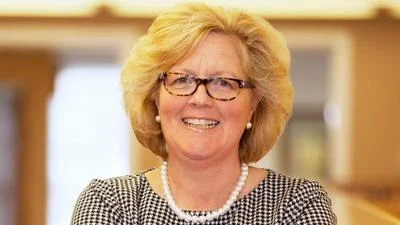HSHS Good Shepherd Hospital issued the following announcement on July 14
As the weather heats up and more children and families head to pools and beaches, HSHS Good Shepherd wants to remind parents and caregivers to always keep an eye on their kids and actively supervise them when they are in and around water.
While it might seem like children would be at a higher risk for drowning at a crowded community pool, most drownings among children ages 1 to 4 occur in home swimming pools, according to the Centers for Disease Control and Prevention. Among those ages 1 to 14, fatal drowning remains the second-leading cause of unintentional injury-related death behind motor vehicle crashes.
HSHS Good Shepherd medical experts reminds everyone that a drowning child cannot cry or shout for help so simply being near your child doesn’t always help. You can ensure that swimming is as safe as it is fun by following a few basic safety tips starting with keeping your eyes on your kids at all times.
Studies show that while a majority of parents say they supervise their children while swimming, many acknowledge they engage in other distracting activities at the same time, such as scrolling on their smartphone, talking, eating, reading or taking care of another child. A near-drowning incident can also have lifelong consequences. Kids who survive a near-drowning may have brain damage that may result in long-term disabilities such as memory problems, learning disabilities and permanent loss of basic functioning. Even after just four to six minutes under water, the damage is usually irreversible.
The hospital recommends the following tips to keep kids safe in and around water:
- Give kids your undivided attention. Actively supervise children in and around water, without any distractions.
- Use the “water watcher” strategy. When there are several adults present and children are swimming, designate an adult as the “water watcher” for a certain amount of time (such as 15-minute periods) to prevent lapses in supervision.
- Teach kids not to swim alone – buddy up. Whether you’re swimming in a community pool, backyard pool or in a lake, teach children to swim with an adult. Older, more experienced swimmers should still swim with a partner every time. From the first time your kids swim, teach children to never go near or in water without an adult with them.
- Use proper floatation devices. Inflatable toys, rafts, air mattresses and water wings should never be used as lifesaving devices for children.
- Learn CPR. While you may be busy with a million things to do, learning cardiopulmonary resuscitation (CPR) should be on the top of the list. It will give you tremendous peace of mind – and the more peace of mind you have as a parent, the better.
- Be extra careful around pool drains. Teach your children about the dangers of drain entanglement and entrapment and teach them to never play or swim near drains or suction outlets.
- Fence it off. Home pool owners should install four-sided isolation fences, with self-closing and self-latching gates, around backyard swimming pools. This can help keep children away from the area when they aren’t supposed to be swimming.





 Alerts Sign-up
Alerts Sign-up